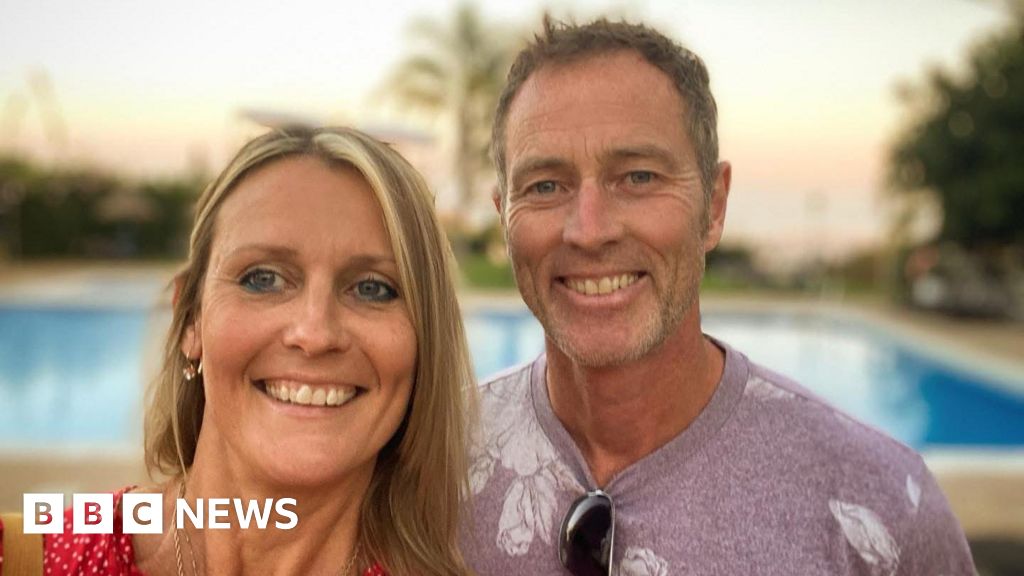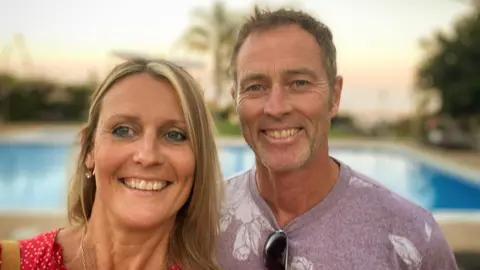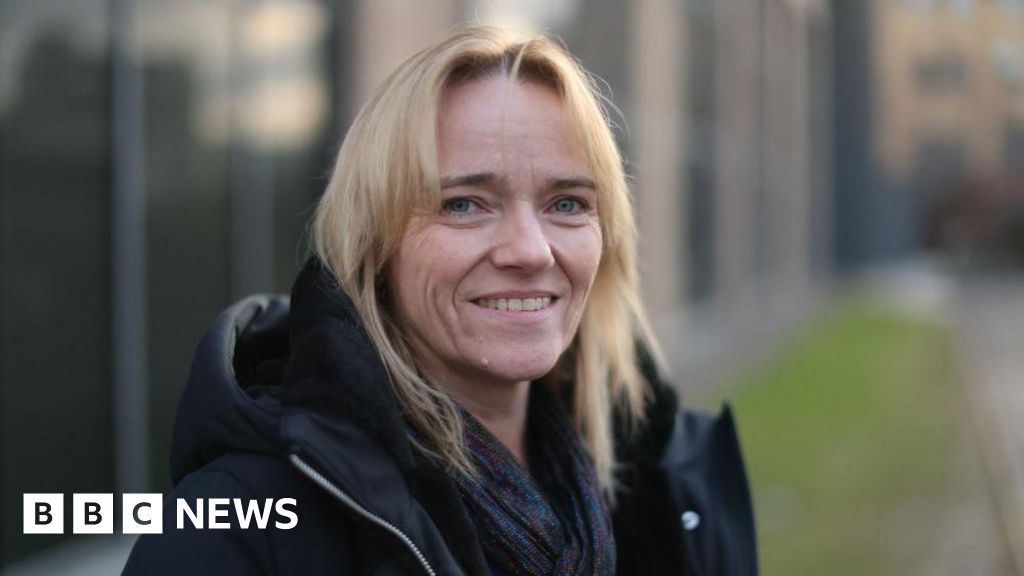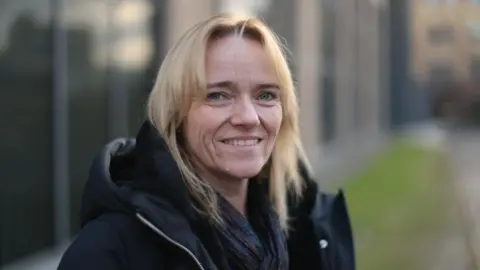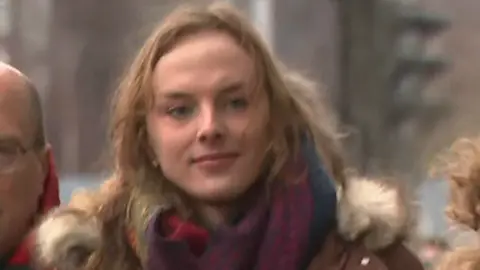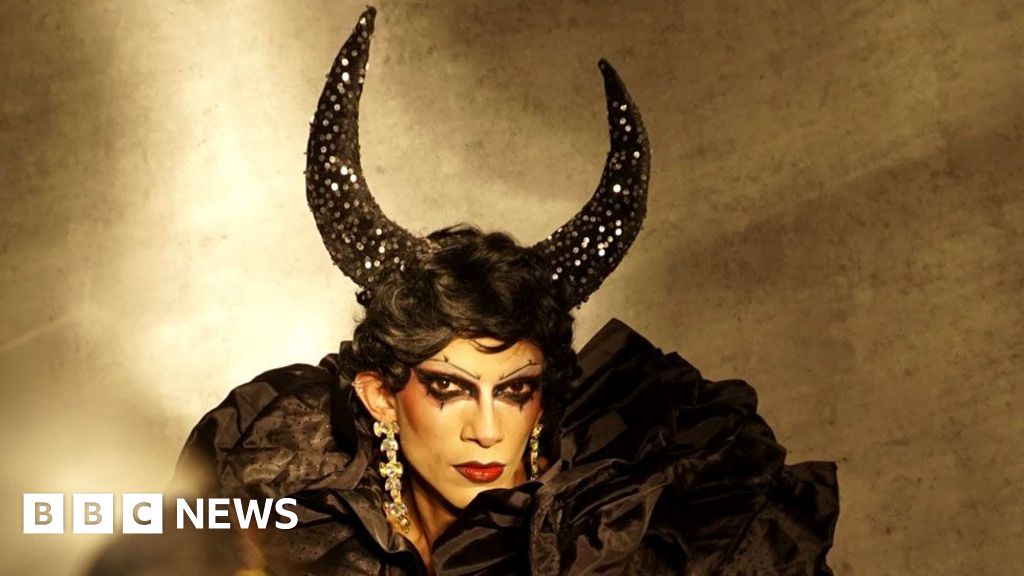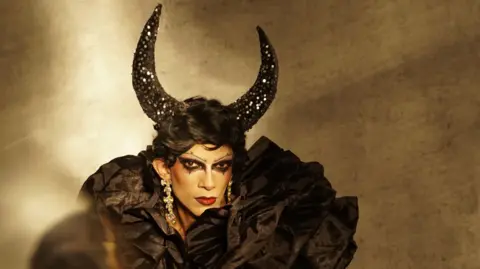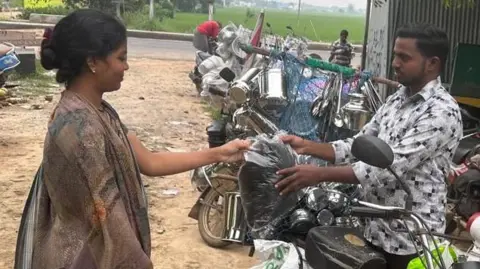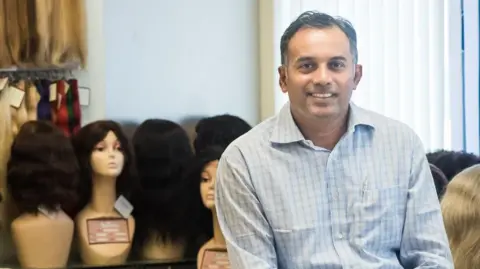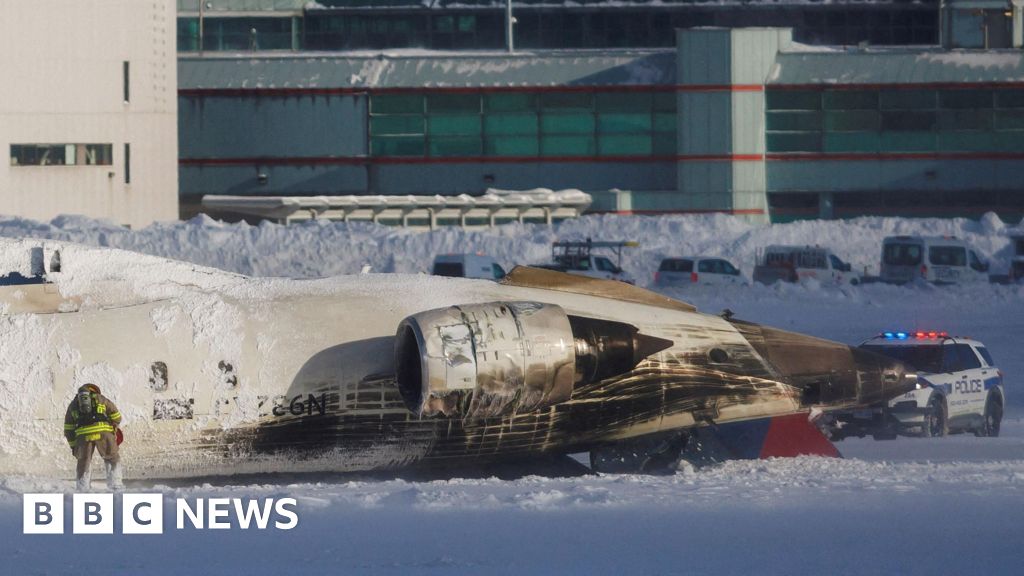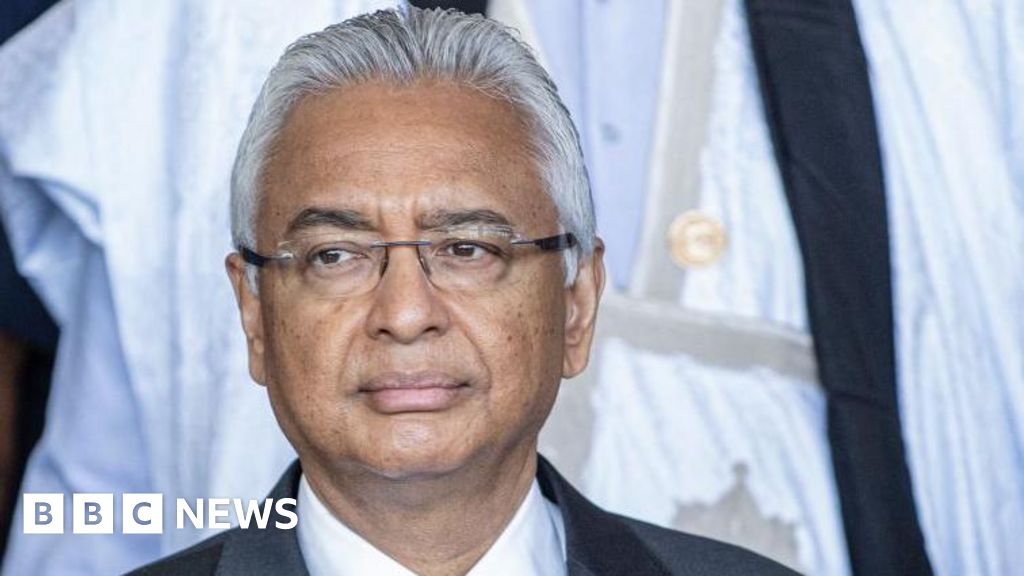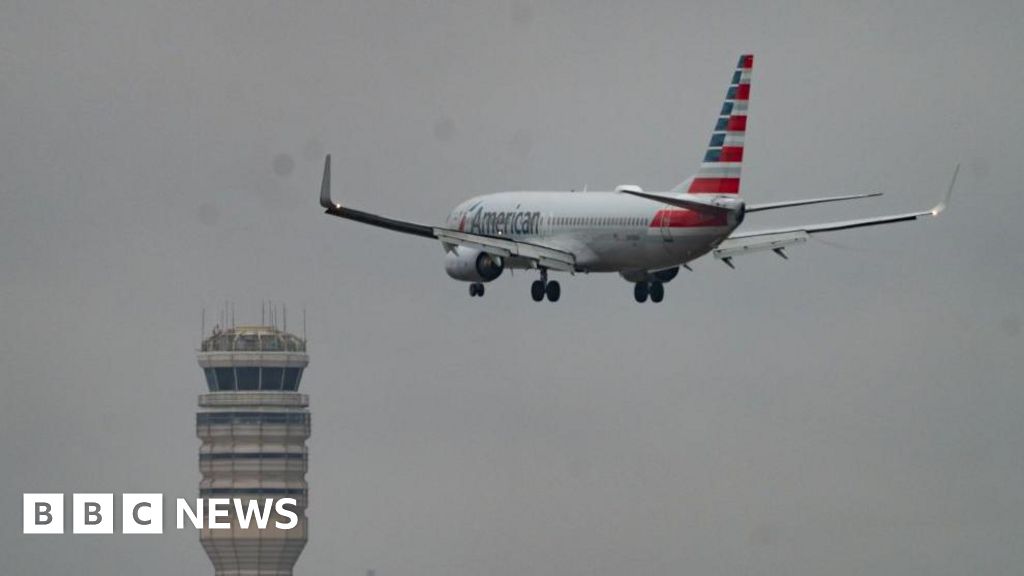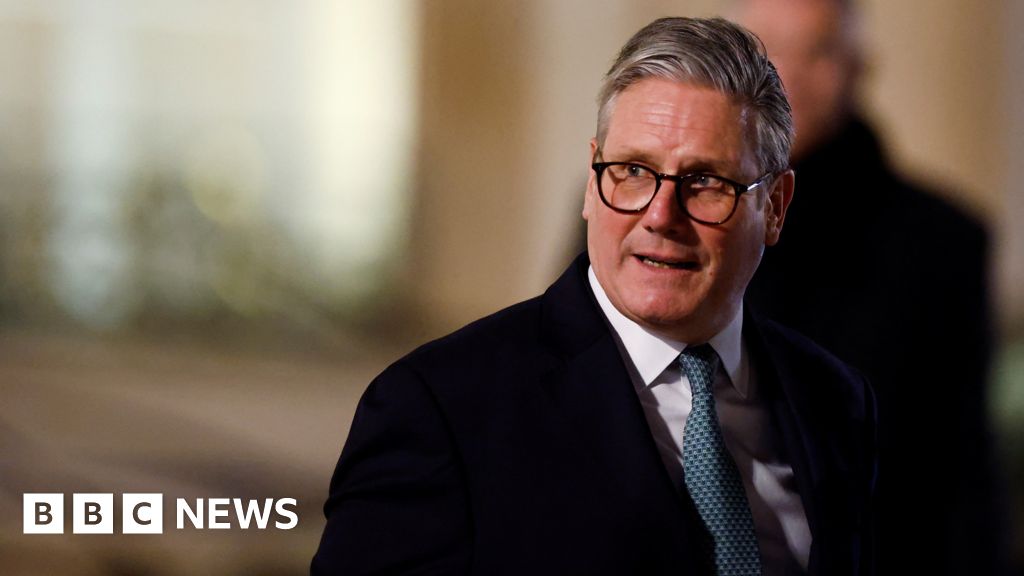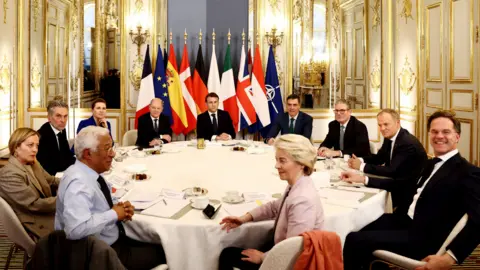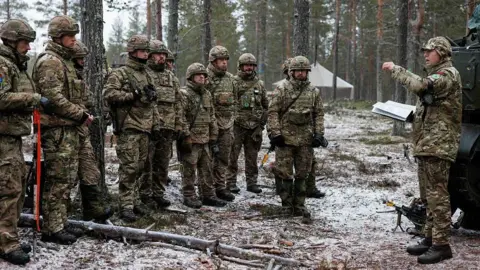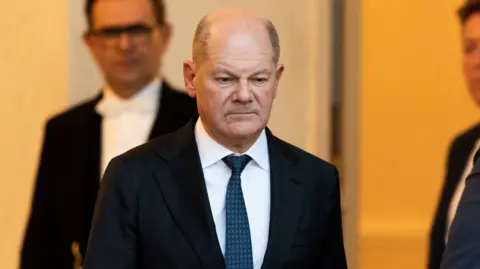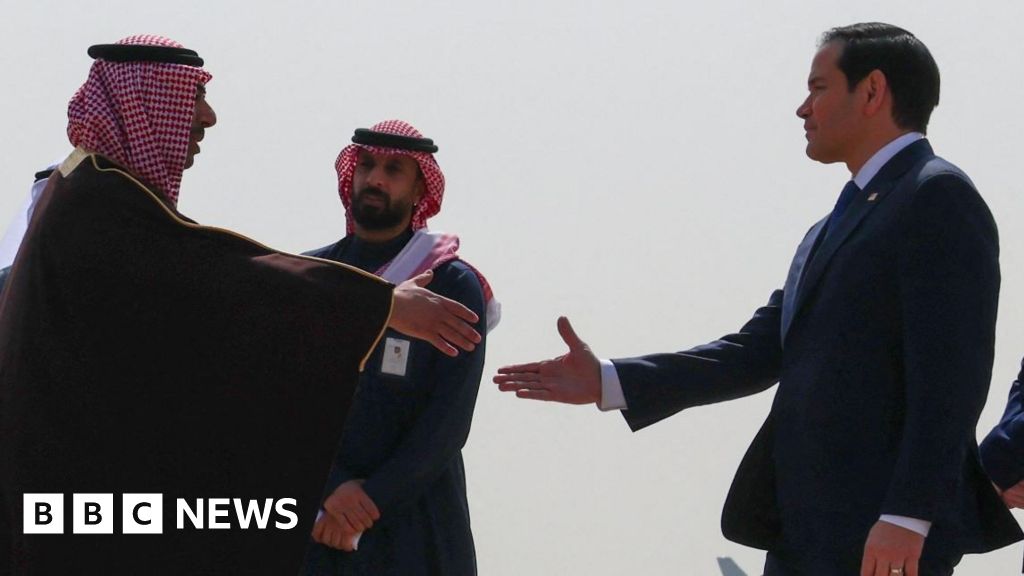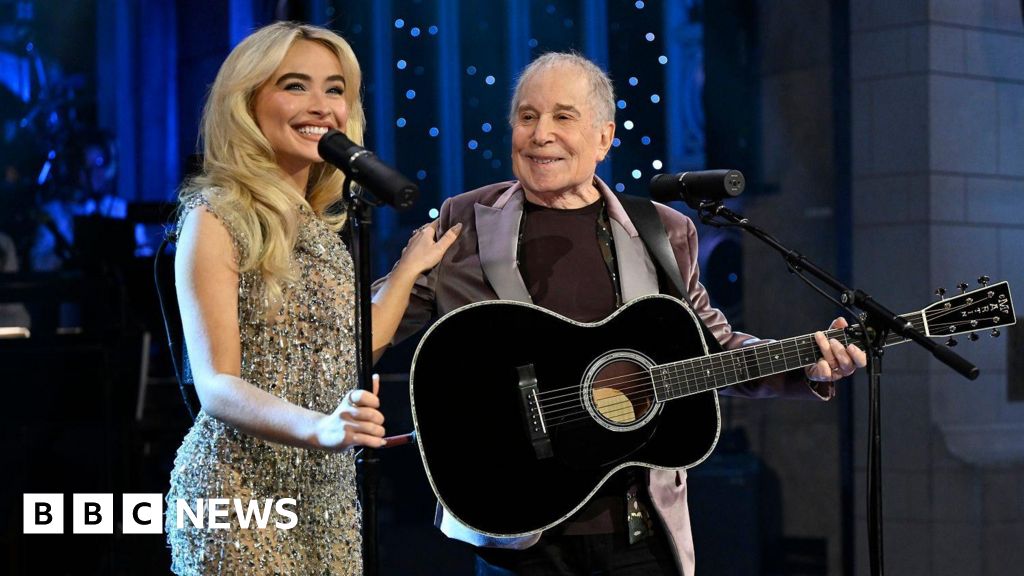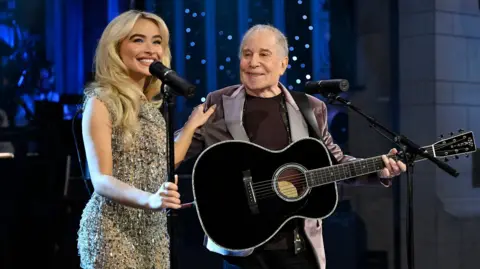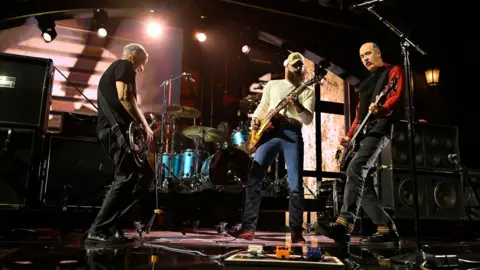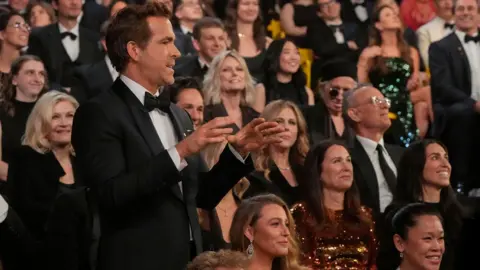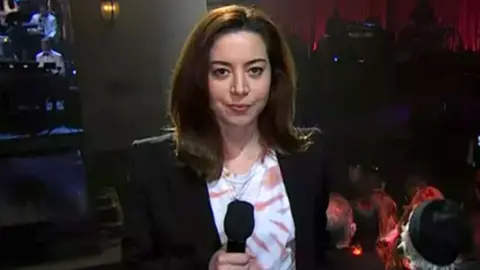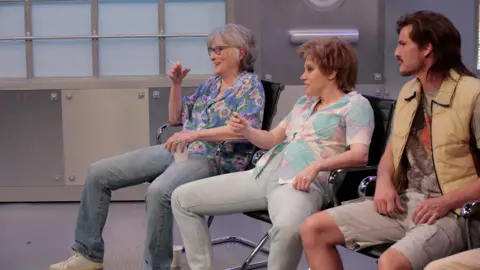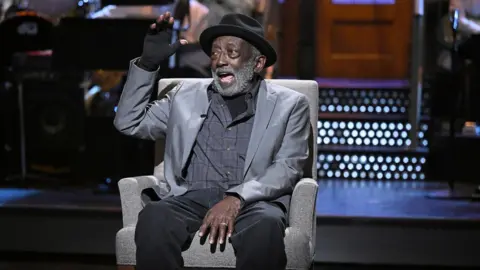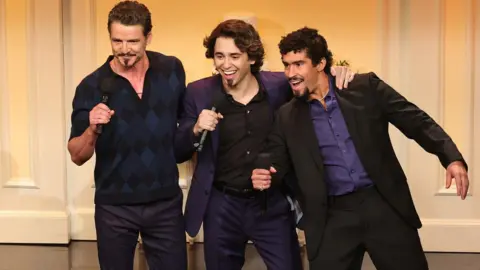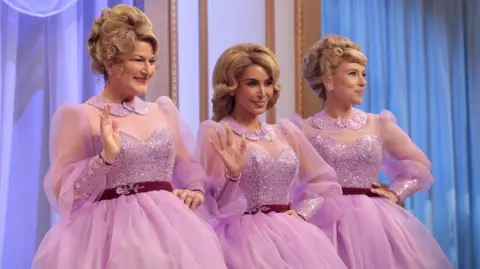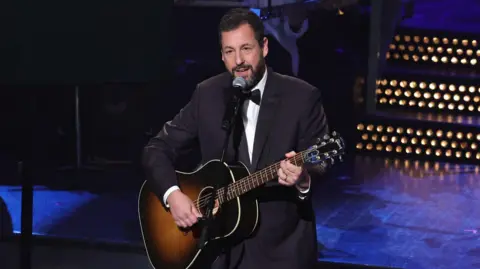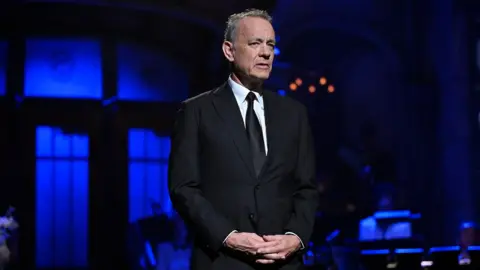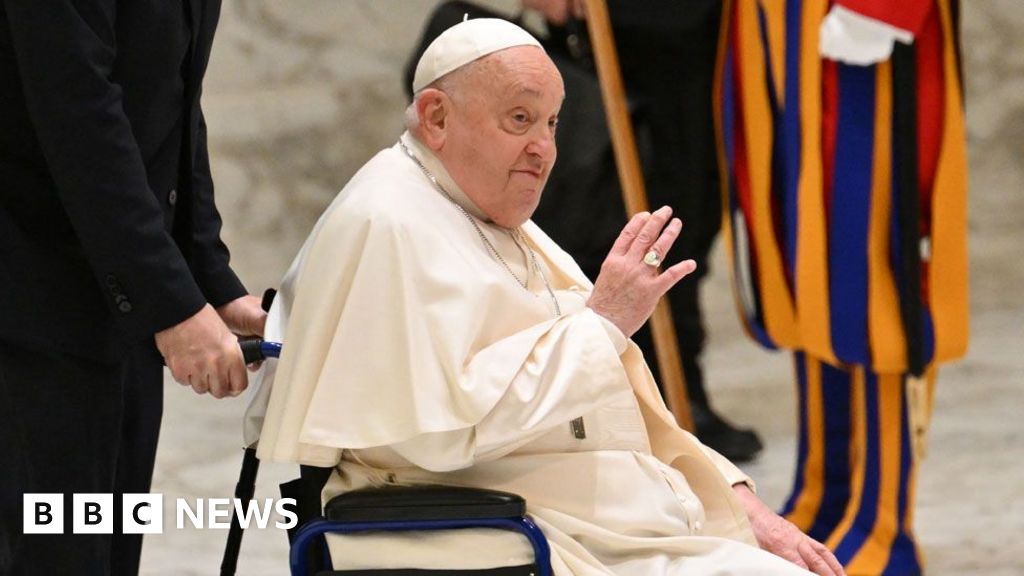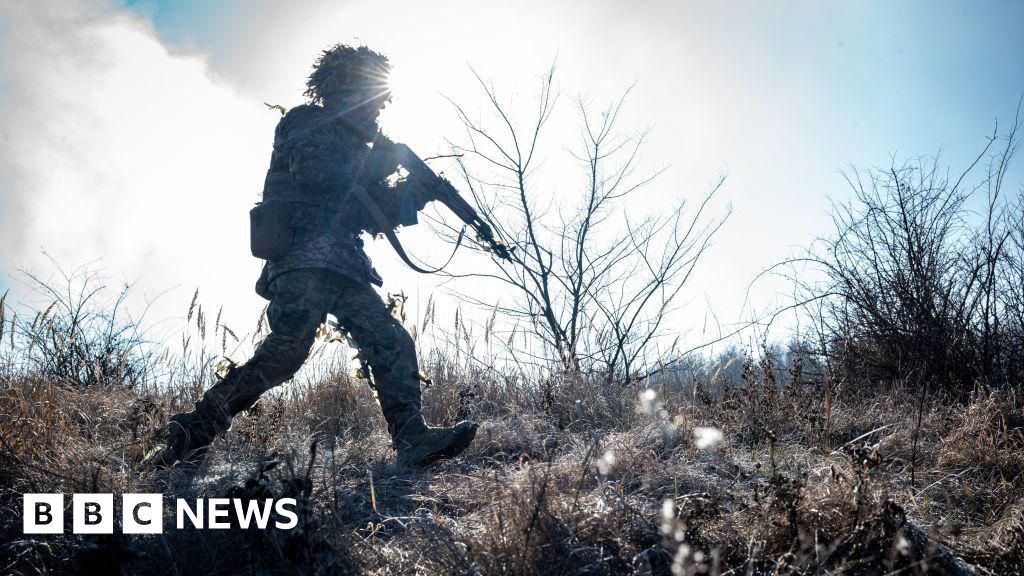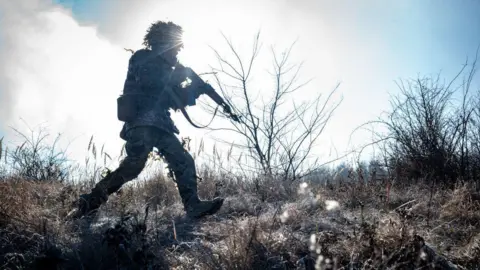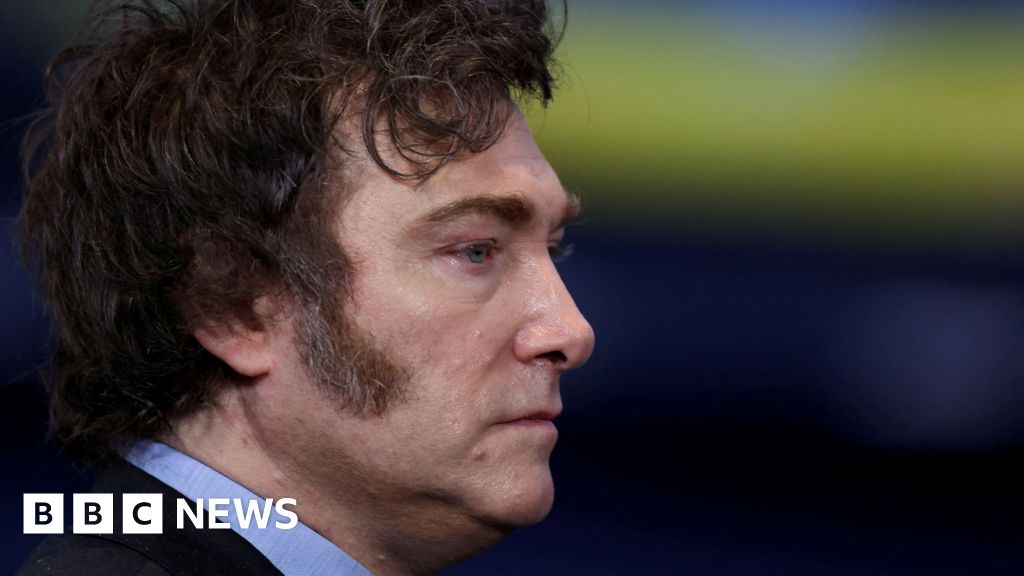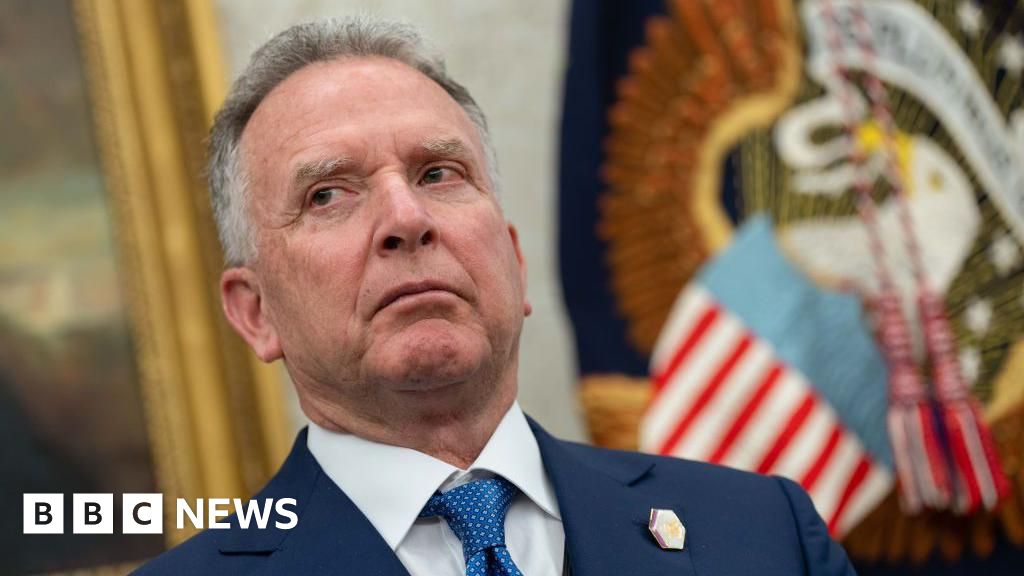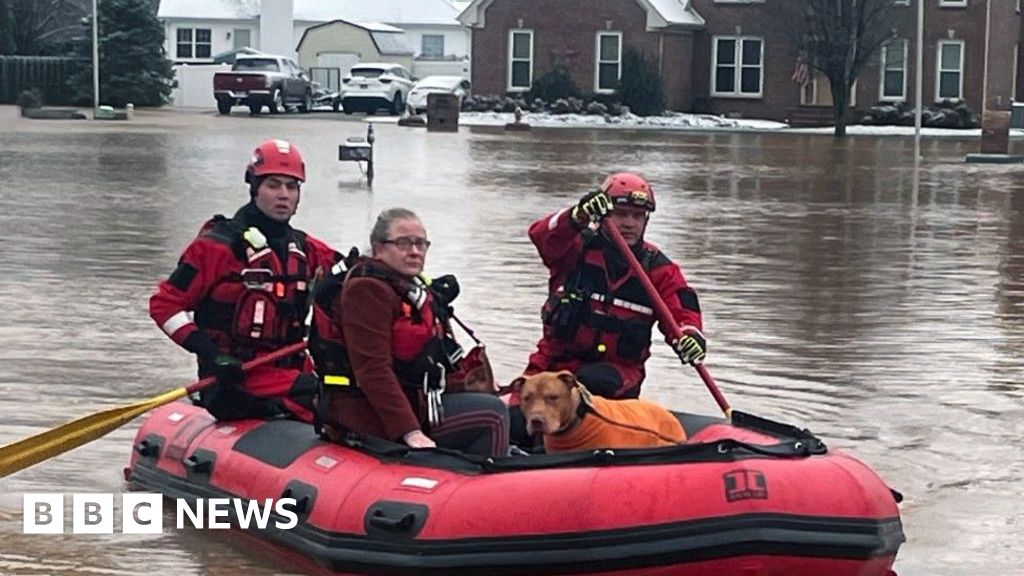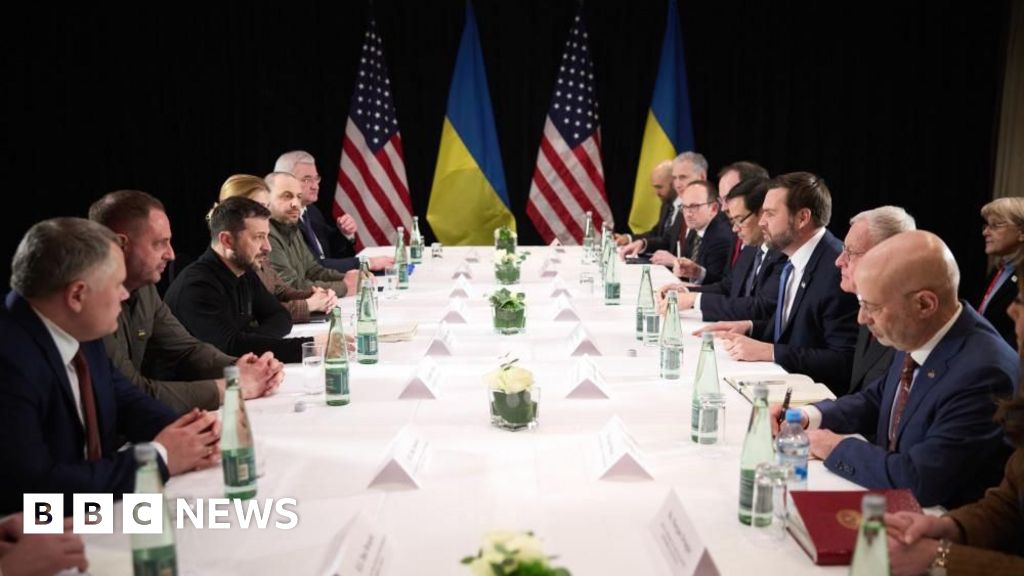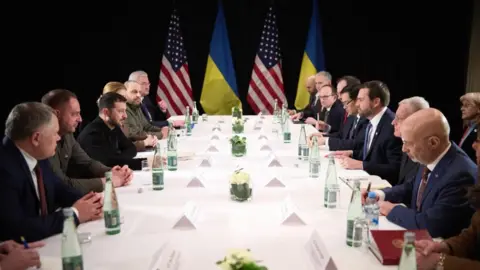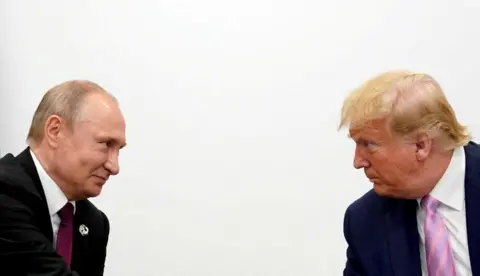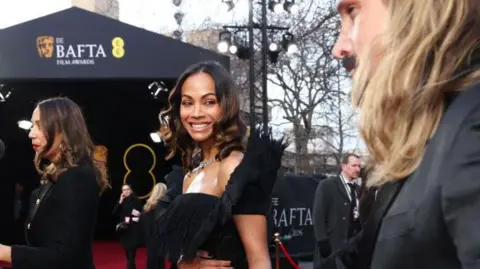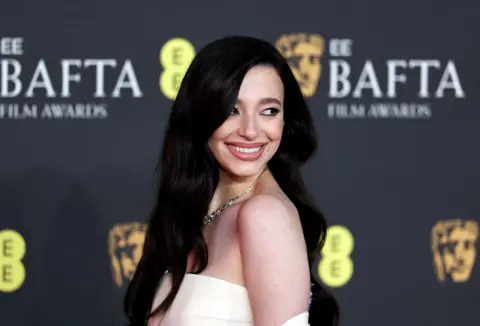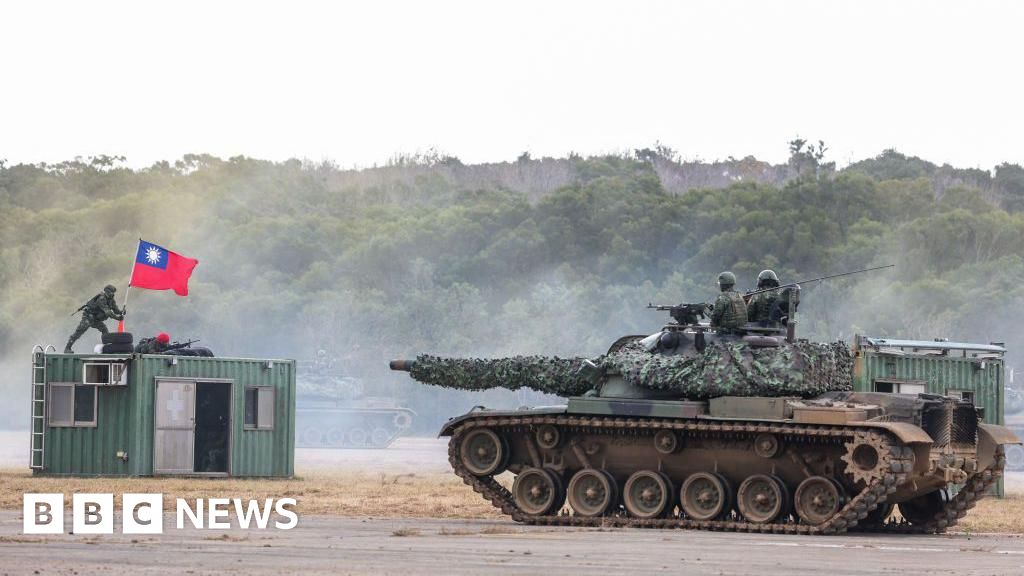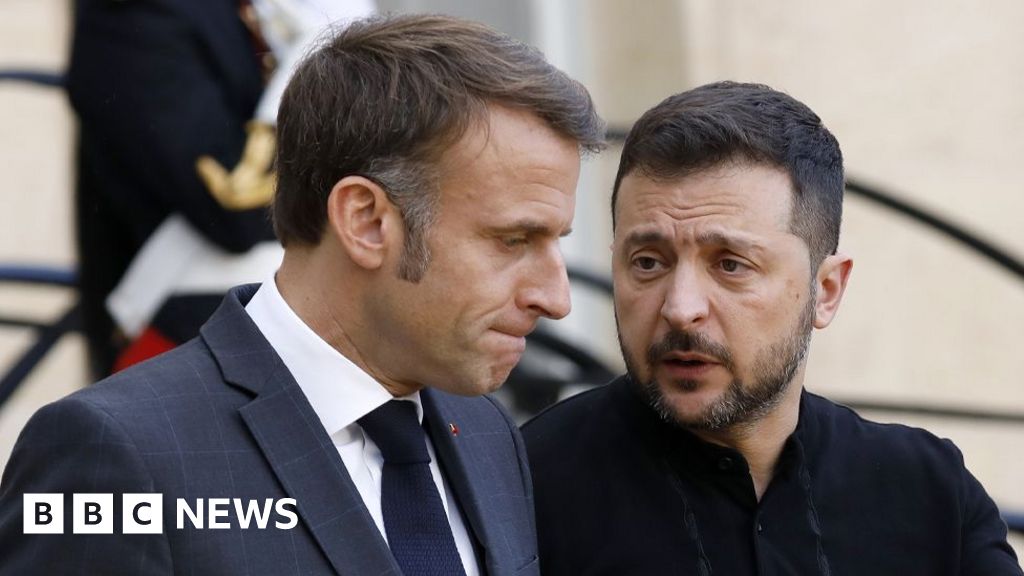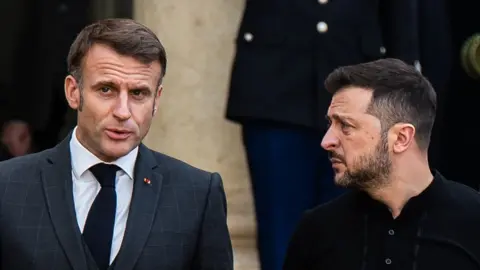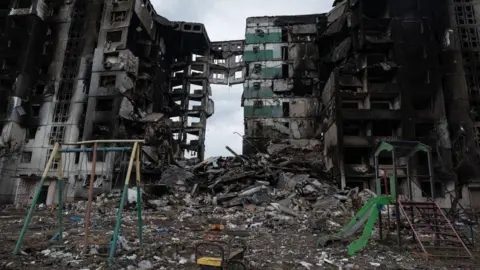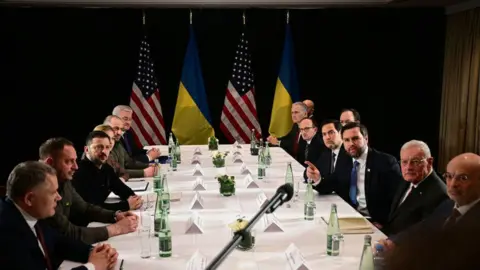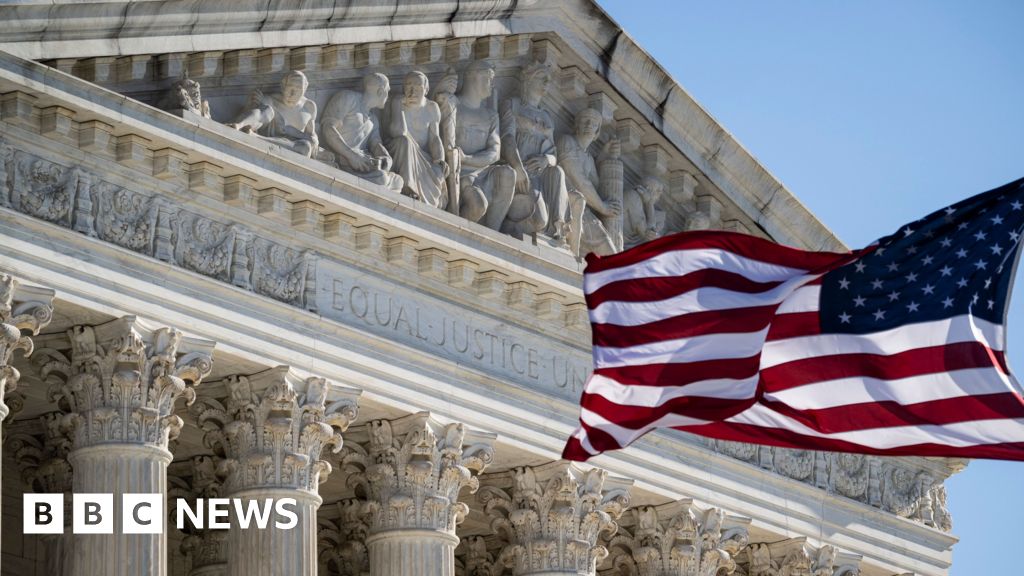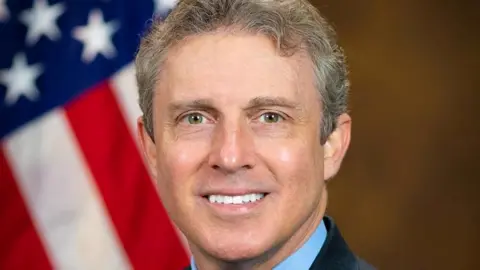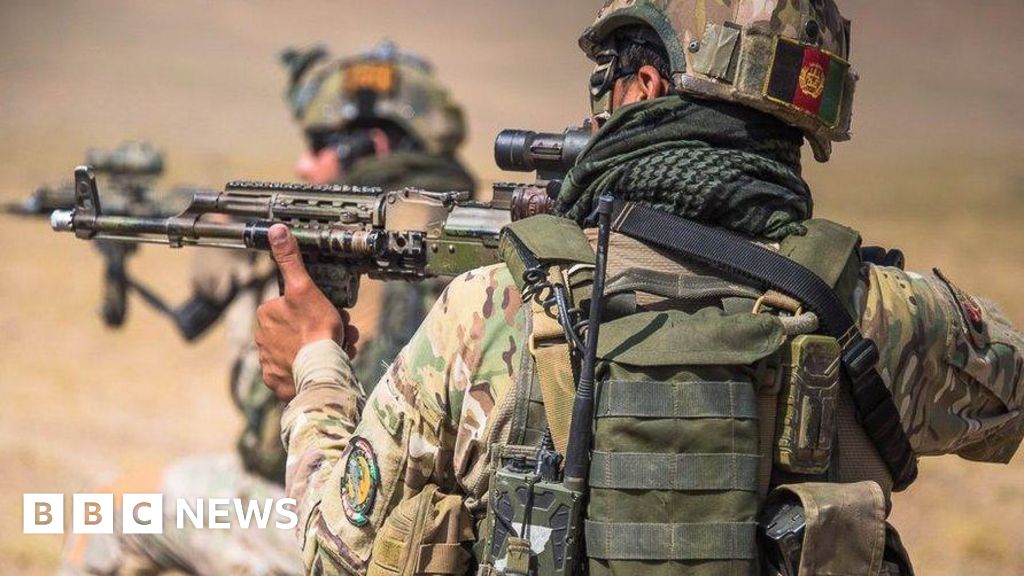The Triples – so-called because their designations were CF 333 and ATF 444 – were set up, trained, and paid by UK Special Forces and supported the SAS and SBS on operations in Afghanistan. When the country fell to the Taliban in 2021, they were judged to be in grave danger of reprisal and were entitled to apply for resettlement to the UK.
The rejection of their applications was controversial because they came at a time when a public inquiry in the UK was investigating allegations that British Special Forces had committed war crimes on operations in Afghanistan where the Triples were present.
The inquiry has the power to compel witnesses who are in the UK, but not non-UK nationals who are overseas. If resettled, former members of the Triples could be compelled by the inquiry to provide potentially significant evidence.
BBC Panorama revealed last year that UK Special Forces command had been given veto power over their resettlement applications and denied them asylum in Britain. The revelation caused a wave of anger among some former members of the SAS and others who served with the Afghan units.
The MoD initially denied the existence of the veto, suggesting that the BBC’s reporting had been inaccurate, but then-Defence Minister Andrew Murrison was later forced to tell the House of Commons the government had misled parliament in its denials.
The confirmation of the more than 2,000 rejections emerged in court hearings earlier this month during a legal challenge brought by a former member of the Triples. Lawyers for the MoD applied for a restriction order which temporarily prevented the BBC from reporting on the relevant parts of the proceedings, before withdrawing their application last week under challenge.
Documents disclosed in court also showed that at the same time the MoD was denying the existence of the veto, it already knew that every rejection decision made by UK Special Forces was potentially unsound and would have to be independently reviewed.
Mike Martin MP, a member of the defence select committee and former British Army officer who served in Afghanistan, told the BBC the rejections were “extremely concerning”.
“There is the appearance that UK Special Forces blocked the Afghan special forces applications because they were witnesses to the alleged UK war crimes currently being investigated in the Afghan inquiry,” Martin said.
“If the MoD is unable to offer any explanation, then the matter should be included in the inquiry,” he added.
Johnny Mercer, the former Conservative MP for Plymouth Moor View, who served alongside the SBS in Afghanistan, testified to the Afghan inquiry that he had spoken to former members of the Triples and heard “horrific” allegations of murder by UK Special Forces.
Mercer said it was “very clear to me that there is a pool of evidence that exists within the Afghan [special forces] community that are now in the United Kingdom that should contribute to this Inquiry”.
The MoD began a review last year of all 2,022 resettlement applications referred to and rejected by UK Special Forces. All contained what MoD caseworkers on the resettlement scheme regarded as “credible” evidence of service with the Triples units.
The government said at the time that the review would take 12 weeks, but more than a year later it has yet to be completed. Some rejections have already been overturned, allowing former Triples to come to the UK. But the MoD has refused to inform the Afghan commandos whether they are in scope of the review or if their rejections were upheld, unless they write to the MoD.
Many are in hiding in Afghanistan, making it difficult to obtain legal representation or pro-actively contact the MoD. Dozens have reportedly been beaten, tortured, or killed by the Taliban since the group regained control of the country.
“Although decisions have been overturned, it’s too late for some people,” said a former Triples officer. “The delays have caused a lot of problems. People have been captured by the Taliban or lost their lives,” he said.
The officer said that the Afghan commandos worked alongside British Special Forces “like brothers” and felt “betrayed” by the widespread rejections.
“If Special Forces made these rejections they should say why. They should have to answer,” he said.
The MoD is now facing a legal challenge to aspects of the review, including the decision not to inform applicants whether their case is being reviewed or disclose the criteria used to select those in scope.
The legal challenge is being brought by a former senior member of the Triples who is now in the UK, on behalf of commandos still in Afghanistan.
“Our client’s focus is on his soldiers left behind in Afghanistan, some of whom have been killed while they wait for these heavily delayed protection decisions,” said Dan Carey, a partner at the law firm Deighton Pierce Glynn.
“As things stand they have a right to request a reassessment of a decision they haven’t even been told about. And there are others who think they are part of the Triples Review when the secret criteria would tell them that their cases aren’t even being looked at.”
Lawyers acting for the former member of the Triples also heavily criticised the level of disclosure in the case by the MoD, which has not handed over any documentation from within UK Special Forces or government records about the decision-making process that led to the rejections.
In court filings, they criticised the “total inadequacy” of the MoD’s disclosure, calling it an “an obvious failure to comply with the duty of candour and to provide necessary explanation” of the process.
New evidence that emerged last week in court also showed that the MoD appeared to have rejected out of hand some applicants who served with UK Special Forces in Afghanistan after 2014 – when Britain’s conventional armed forces left Helmand province – without even referring them to UK Special Forces headquarters for sponsorship.
The MoD has not explained the reasoning behind the policy, which was kept secret from applicants. A spokesperson for the MoD said that after 2014 the UK’s role “evolved from combat operations to primarily training, advising and assisting CF 333, who were under the command of the Afghan Ministry of Interior”.
But officers who served with UK Special Forces told the BBC that the Triples continued to support British-led operations after 2014.
“Saying the Triples didn’t support UK Special Forces operations after 2014 isn’t true at all,” said former officer who served with UKSF.
“We had a squadron of CF 333 with us. We worked closely together. These were NATO targets, UK planned operations,” he said.
The Ministry of Defence has previously told the BBC: “There has been no evidence to suggest that any part of the MoD has sought to prevent former members of the Afghan specialist units from giving evidence to the inquiry.”

